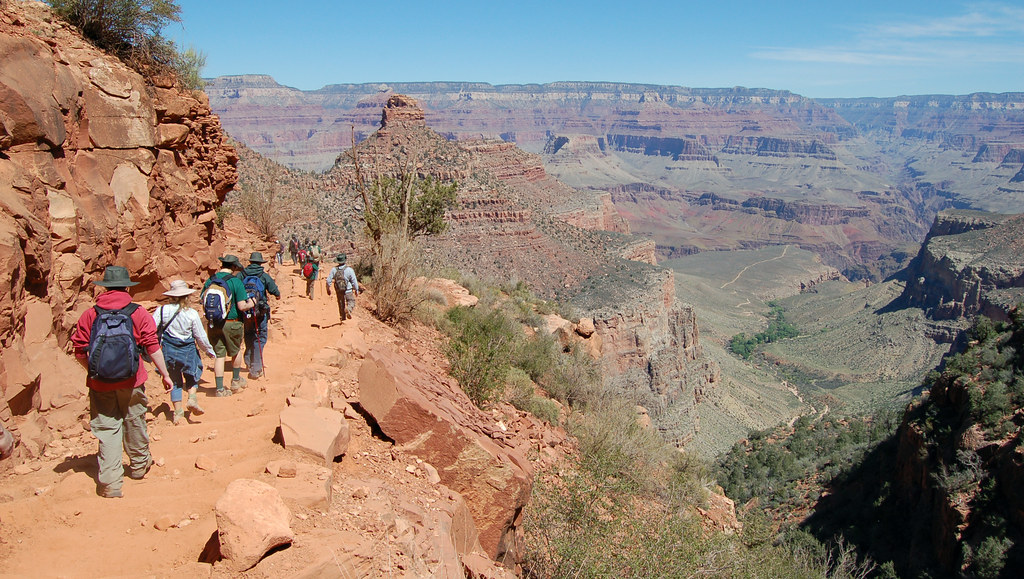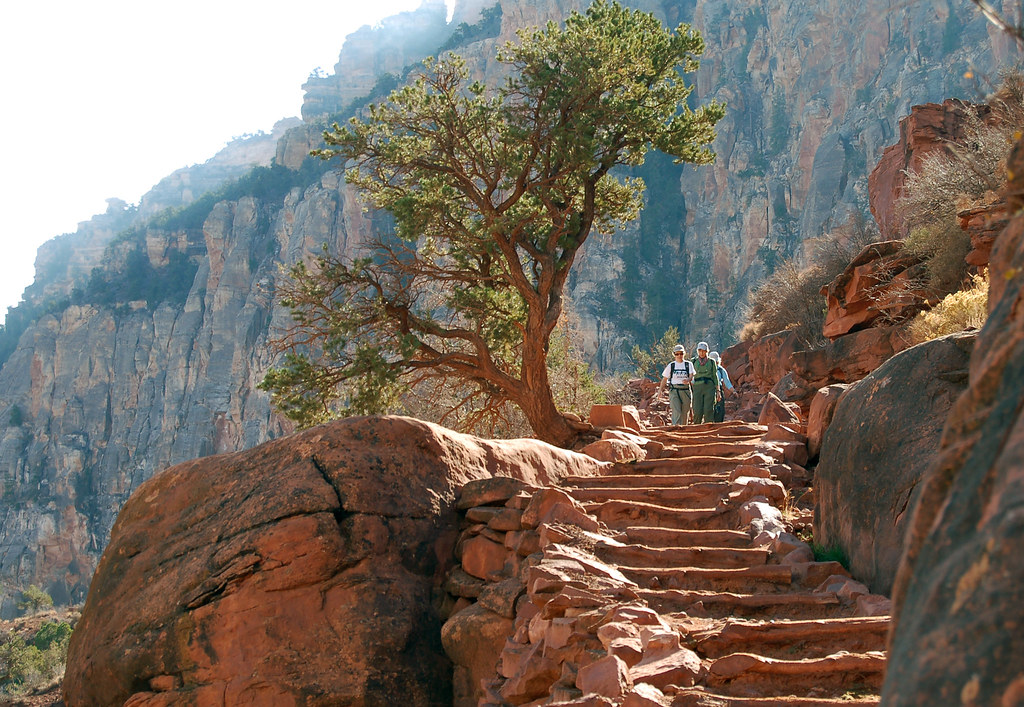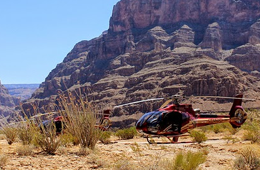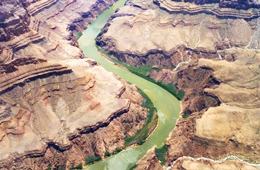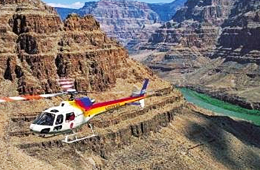The Grand Canyon offers SO many incredible places for hiking it’s unimaginable. Backcountry Hiking offers a range of hiking like day hiking, overnight hiking, summer and winter hiking, just to name a few. The limitless amount of trails available leaves you endless opportunities.
The National Park Service offers a great Walking and Hiking Program led by their expert Rangers to guide you through walks and talks in the Park. These hikes are free and don’t require a sign up. Just find out when it’s happening and jump on a guided tour.
There are also more Guided Hiking opportunities provided by the national Park Service.
We also offer a number of articles on this site about Hiking the Grand Canyon.
The Grand Canyon is an enormous place. 277 miles long, 18 miles wide, 1 mile deep. I wouldn’t recommend anyone tackle hiking this terrain without some training first.
A training regimen for hiking the Grand Canyon can be a treat if you think of it as gaining something. Gaining energy. Gaining ability, strength and opportunities. Gaining the ability to reach your highest goal.
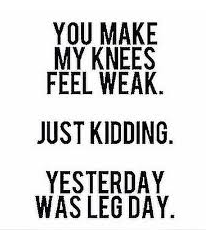 If you set your mind to taking control of your health and training to hike one of the more majestic places on earth, it will give you something to work for.
If you set your mind to taking control of your health and training to hike one of the more majestic places on earth, it will give you something to work for.
Being able to fit into a size smaller may make you feel good. But being able to pull off a hike at the Grand Canyon even if you have spent the past five years of your life being a couch jockey after work everyday – that will seriously up your confidence meter to the badass range.
This piece is going to focus on the recommended exercises and physical training. But here’s a quick list of a few other things you should keep in mind:
- Set a realistic trail goal. If you currently have no or very little hiking experience, then it is important to make a rational decision about the hike you want to do. This doesn’t mean that you can’t work yourself up to training as if you were planning on taking on one of the crazy Rim to Rim to Rim hikes. Doing a R2R2R as a novice can be deadly. That one is for seasoned hikers.Just for fun do check out experienced backpacker blogs such as this piece from Michael Lanza. And you can work your way up to an adventure like that. Visit the National Park Service Grand Canyon site and learn more about trail selection and how to prepare. It’s also good to hit travel sites and read the comments to gain perspective on what trails are suggested for beginners (as well as training tips).
- Talk with your doctor. Whenever you begin a new workout routine or training program, it is good to discuss your goals and plans with your physician, especially if you have any existing medical concerns. Hiking in the Grand Canyon is challenging due to the terrain, elevation, weather, etc. And changes in elevation and extreme temperatures can impact your body’s reactions to medications and your physical condition.
- Focus on nutrition. Don’t think of this as dieting. Some may need to be taking in more calories. Can you be overweight and malnourished? Yes. Too many people take in the wrong kinds of calories. When kicking off a new fitness routine, the last thing you need to do is starve yourself. Not sure how to get started on reframing the way you think about food? Check out an online fitness coach such as Tricia Zelenak for nutrition tips and a focus on healthy lifestyle instead of fad dieting. Her coaching and educational materials are focused on optimum health. Her energy is contagious and that’s the kind of influence you need in your corner.
-
- Drink water. So simple yet one of the most important things you can do for your health and training. To put it plainly, you absolutely must be prepared to drink more water than you normally would when hiking. Dehydration during fitness activities is a serious risk. Drinking at least 6-8 glasses of water a day is part of the preparation and lifestyle change. Check out this piece from Sally Tamarkin : 34 Proven Ways Water Makes You Awesome. It’s a fun read.
What do experienced hikers and outdoor athletes say about training for Grand Canyon conditions?
When hiking the Grand Canyon you are going to be dealing with several factors you need to be prepared for. The elevation changes, lack of humidity, extreme temps, terrain will be a very different scenario than working out at your local gym. You will need to build up your muscle strength, cardio and overall endurance. One important thing you need to remember is that when you are hiking into the canyon you will be descending. This works your muscles and impacts your body very differently than going for a morning run around your neighborhood. In short, even if you are a trained marathon runner, you need to train differently for this hike.
Warming Up
Warming up is essential. You need to take the time to prepare your body for the work. Whether you are getting ready to for an upper body workout or cardio, the Outdoor Conditioning Warm-up would be a good routine to work into your plan. This warm up has the essential stretches you can do without equipment and has been designed by expert Courtenay Schurman, CSCS, for preparing for outdoor activities (hiking, climbing, kayaking etc.). If you start now, using this warmup and cool down, you will form an excellent habit for your outdoor adventures. Read more…
Flexibility
When some people think about flexibility, they often think in terms of warm ups. But flexibility goes beyond warming up. Flexibility is important for overall range of motion, prevention of injuries, and is an aspect of fitness that is as important as cardio and endurance.
Yoga is a good choice. The benefits of yoga are far reaching, and if you are someone who has been a bit of a slacker in the area of fitness it is a great place to start. Yoga is a health practice that is a worthy lifelong habit that allows beginners to start out wherever they are in fitness and move forward. Yoga classes are now widely available in fitness centers and private studios. But if you don’t have the time to take a class with your schedule or you are intimidated about being in a class as a beginner, there are a number of resources online. Check out Sarah Beth Yoga on Facebook or go straight to her instructional video 20 Minute Yoga For Flexibility: Level 1. You can get started at home right now.
Cardio
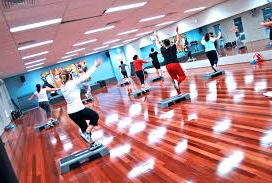 One thing many experts agree on is the best way to train for an outdoor activity is to do that activity. As you work on preparing your cardiovascular system (the ticker et al) be sure to work in actual hiking. For beginners, you will want to begin with simple terrain and then work in various terrains and inclines. A person cannot simply work out in a gym for months and then go on a strenuous hike without any prior experience with equipment, hauling a backpack, and negotiating a steep descent.
One thing many experts agree on is the best way to train for an outdoor activity is to do that activity. As you work on preparing your cardiovascular system (the ticker et al) be sure to work in actual hiking. For beginners, you will want to begin with simple terrain and then work in various terrains and inclines. A person cannot simply work out in a gym for months and then go on a strenuous hike without any prior experience with equipment, hauling a backpack, and negotiating a steep descent.
Cross-training is great for beginners and those getting back into a fitness routine. It allows you to find out what different kinds of workouts you enjoy and variety keeps you from getting off track. Cardio choices include many indoor and outdoor options:
-
-
- swimming [great low risk for injury sport for all]
- biking/cycling
- walking and jogging
- step aerobics [*very important combined strength and cardio workout for hikers]
- indoor and outdoor climbing
-
This is just the tip of the cardio iceberg. When you check out the resources at the end of this article, you will see that good cardio training for hikers involves variety to achieve good results and proper training. Mix it up. For more on general cardio, aerobic and anaerobic prep:
8 Free Low-Impact Cardio Workouts for Beginners
Intermediate Cardio HIIT This (video)
Clear info for calculating your target heart rate:
Target Heart Rates by Heart.org
Strength
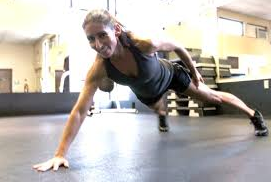
Warm ups are essential. Flexibility will put you in touch with your core. Cardio will help you become heart strong and give you the aerobic endurance you need to develop over time. Strength training is essential. You want to be body strong. Your work should focus on both upper and lower body endurance. Working with free weights, leg squats, lunges, steps, and deadlifting should all be part of your routine.
Leg Strengthening Exercises for Hikers and Backpackers
The 21 Best Bodyweight Exercises for a Strong Core
For an important discussion on why you should eventually move to training and hiking with your pack:
Back to Back Pack Carrying
The knees and shins
After digging around several articles from experienced backpackers, hikers and trainers one thing that is commonly discussed is the impact of descending into the Grand Canyon and how it can affect your knees, calves, and shins. Simply put, when you walk downhill it affects your muscles in different and complex ways. Knee pain and shin splints can be a problem. So take special care in preparing for your hike. A great resource to visit for training tips focusing on strengthening and conditioning for descending:
Hit the Trail – Training & Physical Fitness
Heat and altitude
The heat and altitude when hiking the Grand Canyon can be brutal for those who are not prepared. This is why being in a good hydration habit, taking in electrolytes and having excellent cardio health is important. For a detailed and blatantly honest read (keep in mind this is focused on that great challenge of hiking rim to rim to rim I mentioned earlier) check out this piece from r22R.org.
Also, another important read concerning altitude training Interval Training for Altitude Climbing
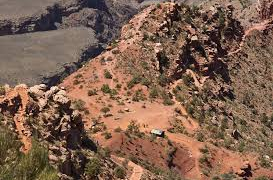 Cheers to your health and adventure…
Cheers to your health and adventure…
Creating a healthier lifestyle is not an easy task for many of us. Having a real goal to work towards can be a great motivator. Hiking and experiencing the natural surroundings of our state and national parks can help you unplug from the chaos of your life and give you the peace to connect to yourself.
Here are a few more resources for you:
Backpacker – The Workout:Hike Farther, Hike Stronger
REI COOP – Thru-Hiking: Training Tips and Exercises
Walking & Trekking Fitness Plan

